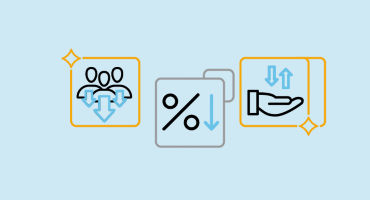COVID still a risk to future policy direction
The Omicron variant of COVID-19 has introduced greater uncertainty to the US (and global) economic outlook, with much still unknown at this juncture. For example, the implications could vary significantly, depending on the variant’s transmissibility, vaccine efficacy against it, and other factors. The information we have now points toward Omicron already being widespread globally, with meaningfully higher transmissibility than the Delta variant (also still circulating). On the other hand, vaccine makers have indicated that a new variant-specific version of the vaccine could be widely available in as little as six months (including time required for regulatory approval and mass distribution).
I am closely monitoring developments on this front to be able to reassess the potential economic and market implications as needed. As of this writing, investor concerns around the Omicron variant are reflected in lower crude oil prices and the collapse of front-end inflation breakeven rates, although the Fed appears determined to continue on a path toward policy normalization (for now anyway).














